Tidslinje
1883
Frederik Collett was the first painter who, with his snow motifs, made Lillehammer known to fellow artists and the public. Interest in Lillehammer awoke in 1883 and in the decades that followed an innovative artistic environment developed in the city, with personalities such as Alf Lundeby, Henrik Sørensen and Jean Heiberg
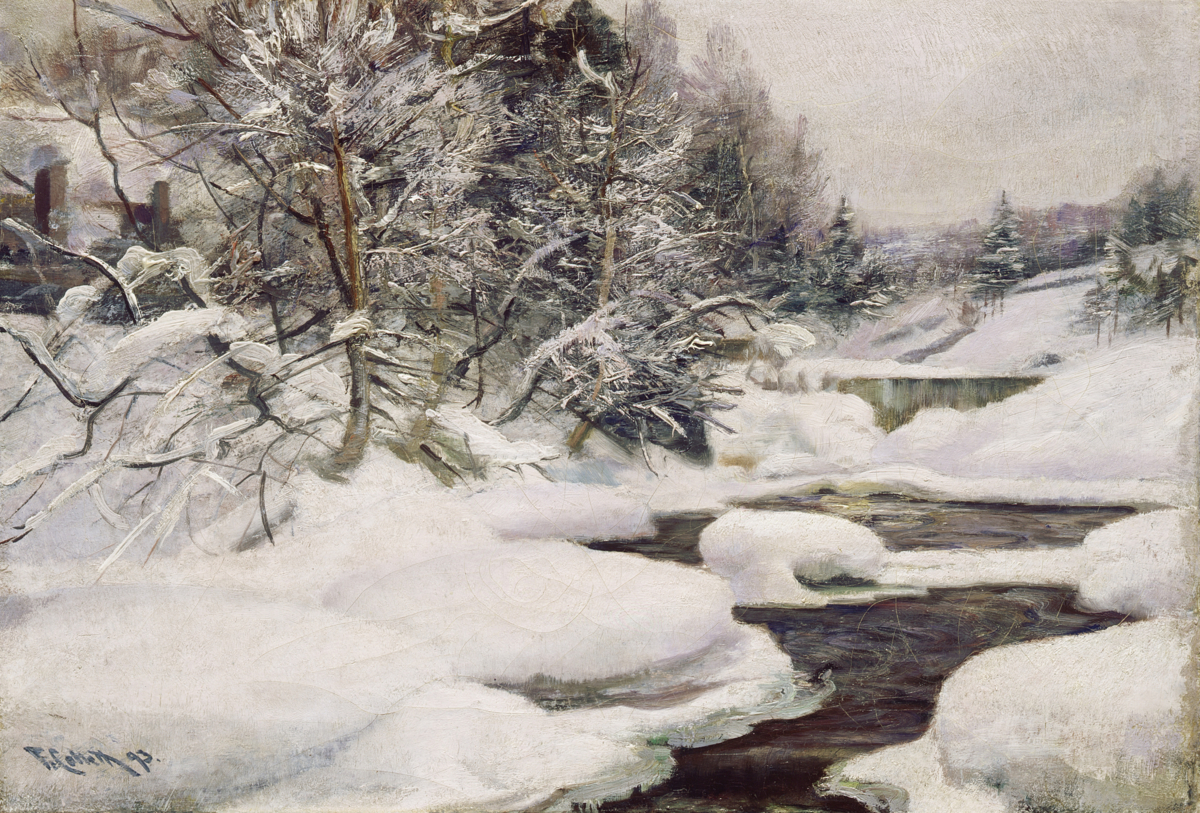
Frederik Collett, En lun krok, 1893, Lillehammer Artmuseum.
1894
In 1894, ten young artists spent the summer in Vågå, at the top of Gudbrandsdalen. Among these were Halfdan Egedius, Thorvald Erichsen, Kristen Holbø, Lars Jorde, Johanna Bugge, Kris Torne and Oluf Wold-Torne. Although the artist collective only lasted a few months, the so-called Vågå summer played an important role in the formation of Norwegian symbolism.
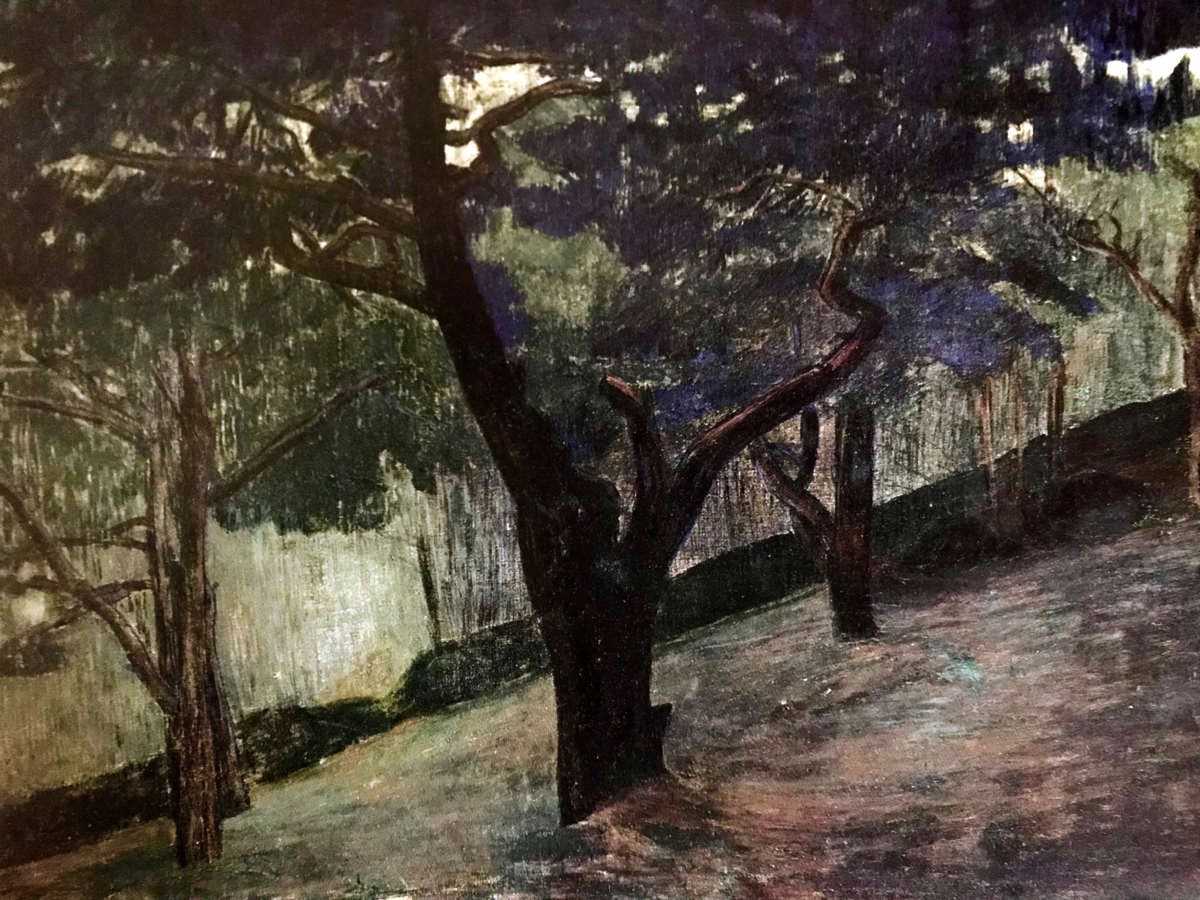
Thorvald Erichsen, Landscape (not dated), Lillehammer Art Museum.
1903
Under the leadership of Einar Lunde, Thorstein Lunde's son, the production of the so-called Lunde furniture began in Lillehammer. He invited artists and architects to create new designs inspired by Norwegian cultural heritage. Lundefurniture stands in the tradition of the Arts And Crafts Movement and must be seen in parallel with the international currents of the time.
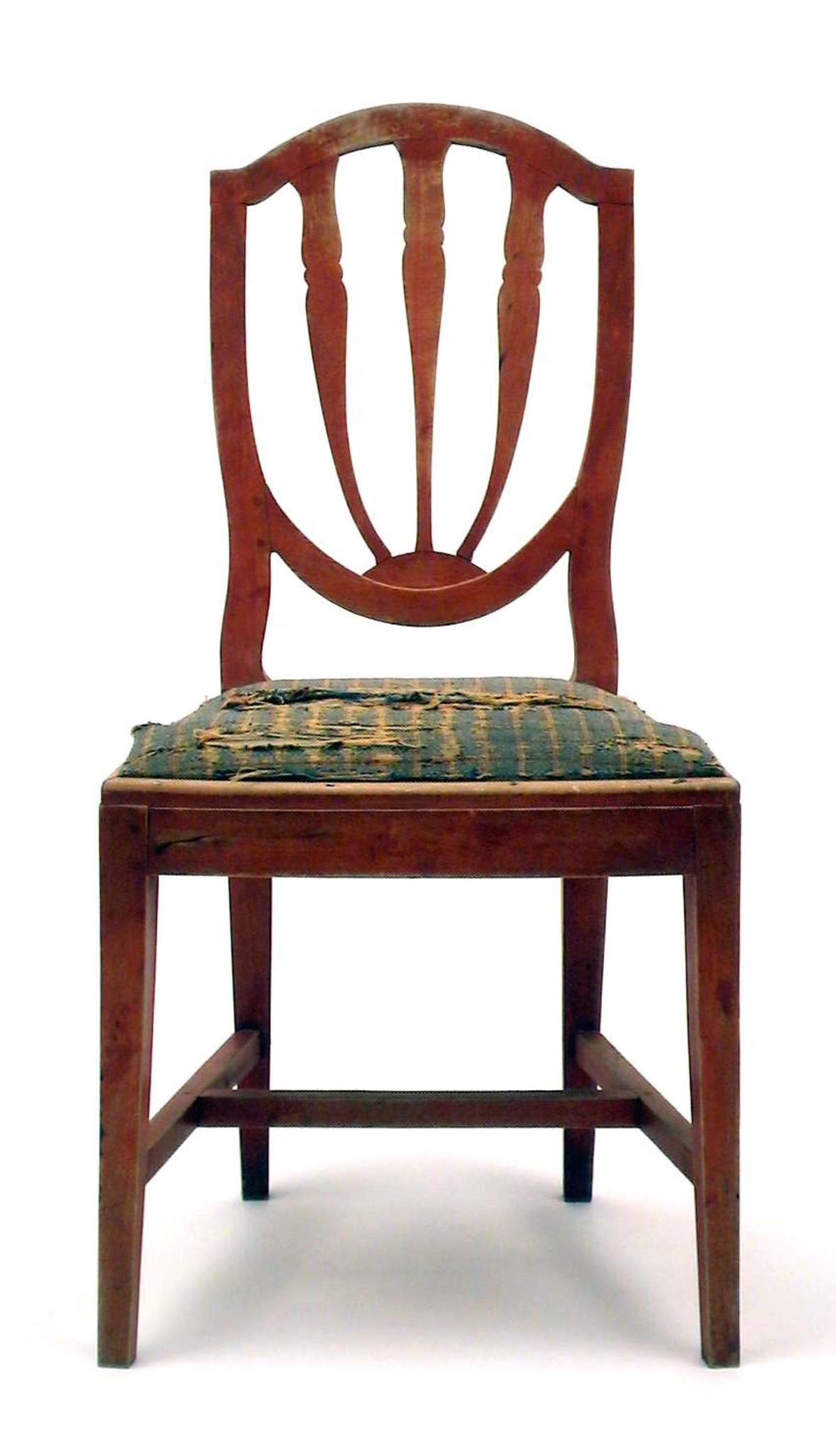
Lunde chair. Photo: Maihaugen
1921
Businessman Einar Lunde and his wife Eva donated 107 Norwegian contemporary paintings to the city of Lillehammer, as a foundation in a future, public art collection. The following year, the collection was exhibited in Lillehammer Sparebank.
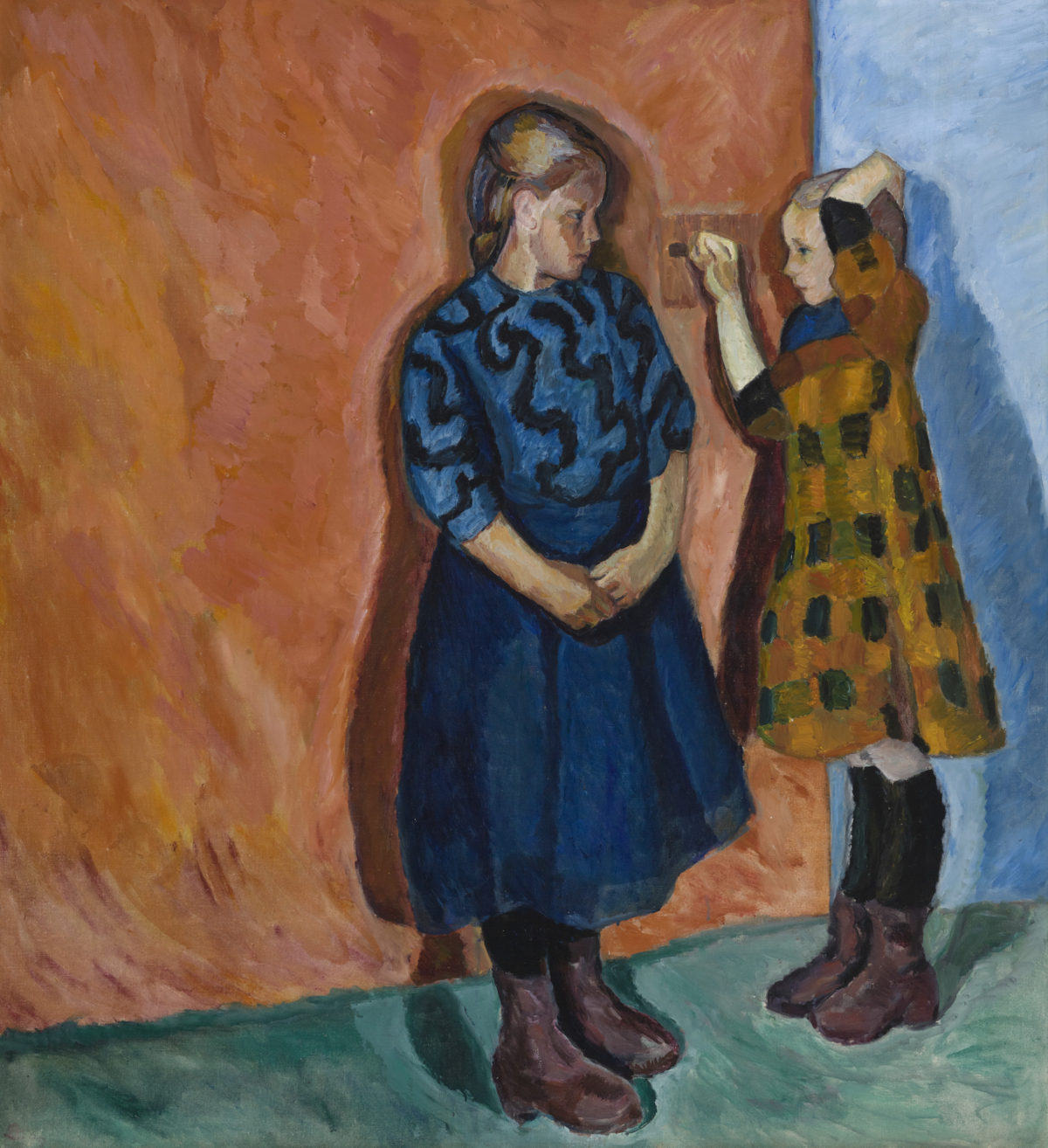
Henrik Sørensen, Anna and Hilda, 1909. Photo: Jan Haug / Lillehammer Art Museum
1926
Einar Lunde gave Arnstein Arneberg the task of designing a building that would house the collection. The building was never erected, which led to Lunde threatening to withdraw the gift
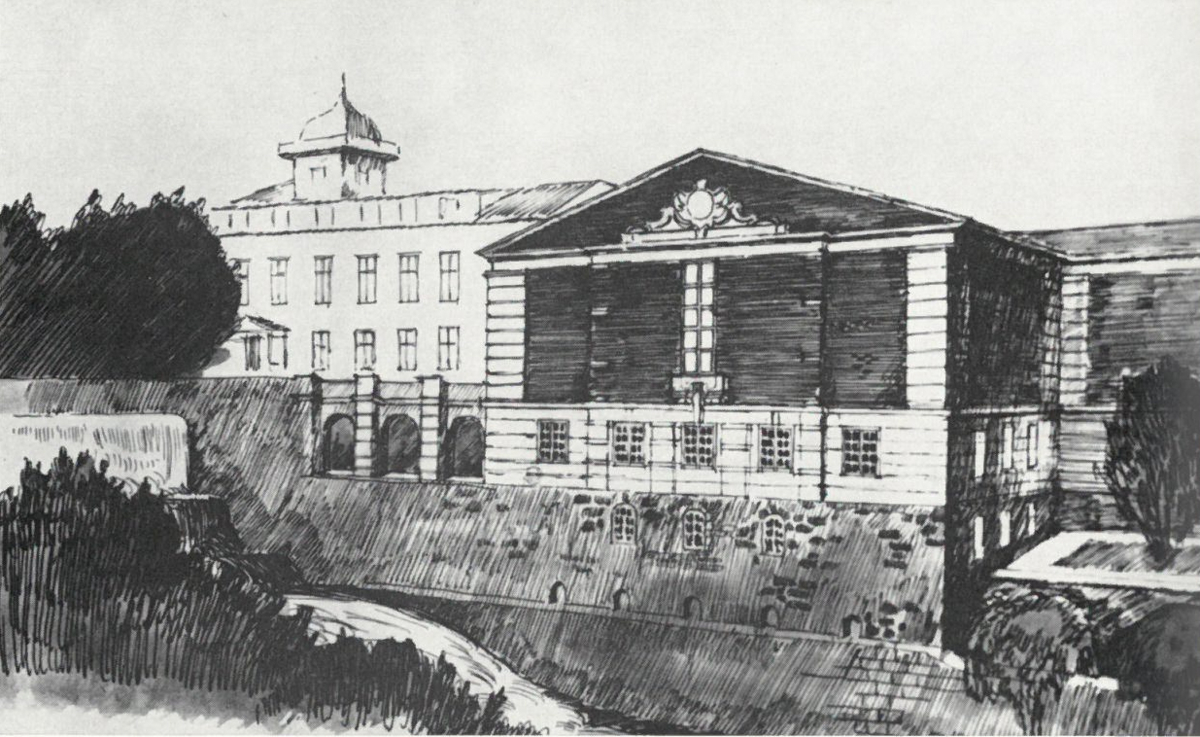
1927
On the occasion of the city's 100th anniversary, Lillehammer city's painting collection opened its doors to the public for the first time in Hammergården, right next to Lillehammer church.
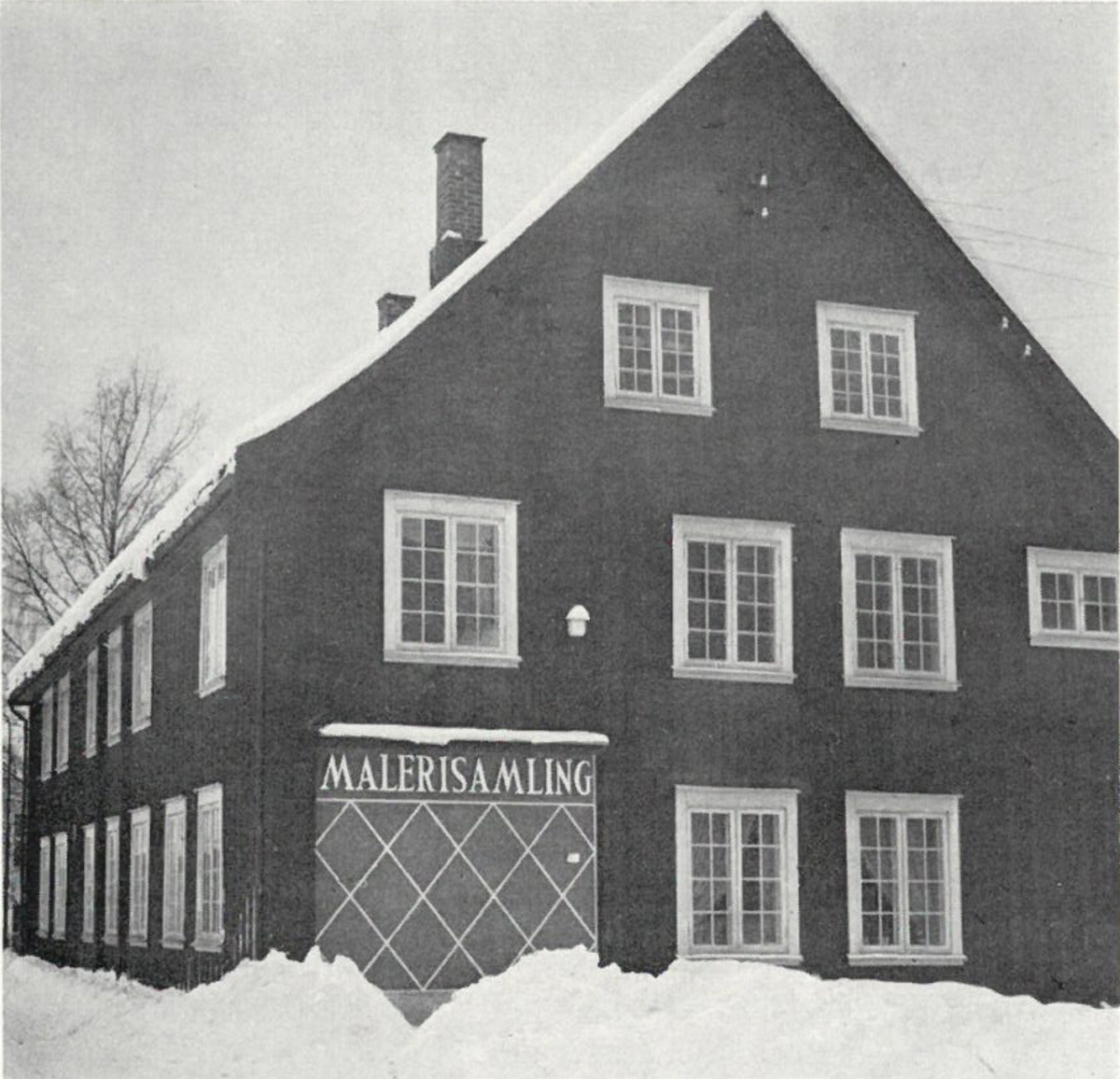
1934
The board of the painting collection decided to hold an annual solo exhibition with artists who mostly lived locally.
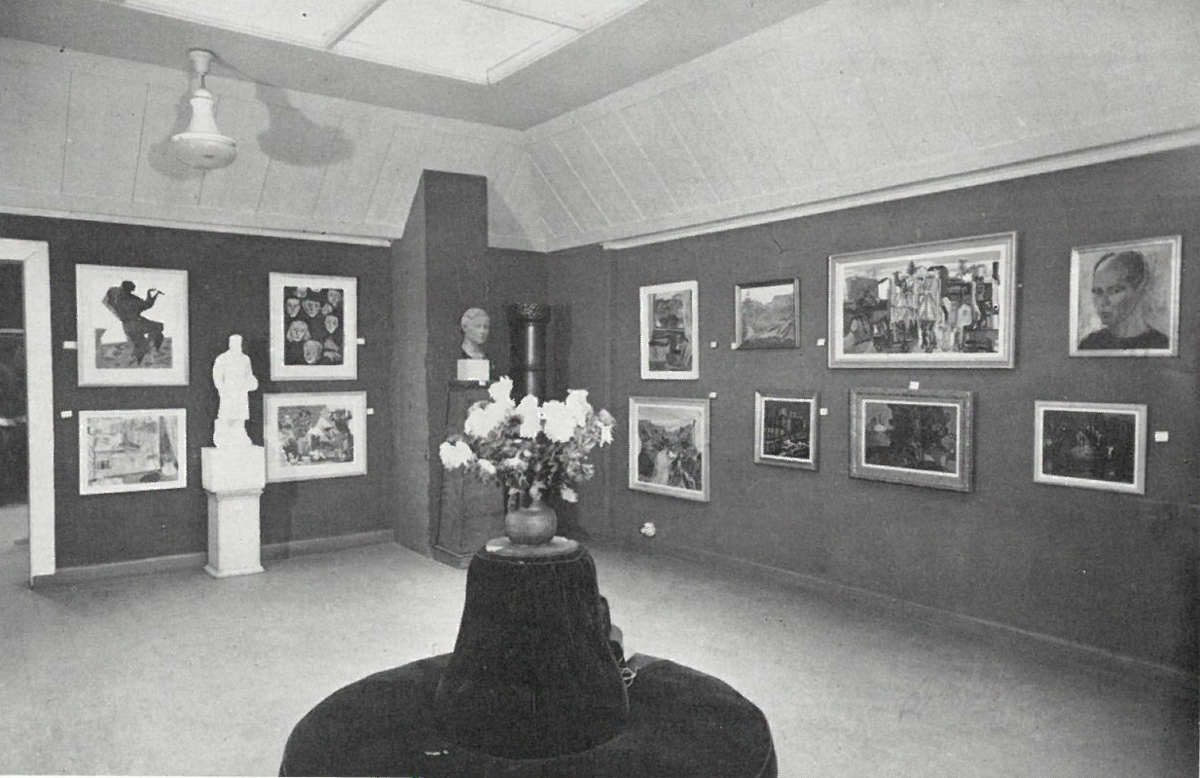
1951
Ulf Haslev's proposal for a combined building with cinema and art museum will not be carried out.
1958
Lillehammer city council decided to accept the donation offer from the art dealer Oscar Johannessen from Oslo. The gift consisted of 116 paintings, painted by Norwegian artists in the 19th century. The conditions from the donor was that the collection should get a fireproof museum building.
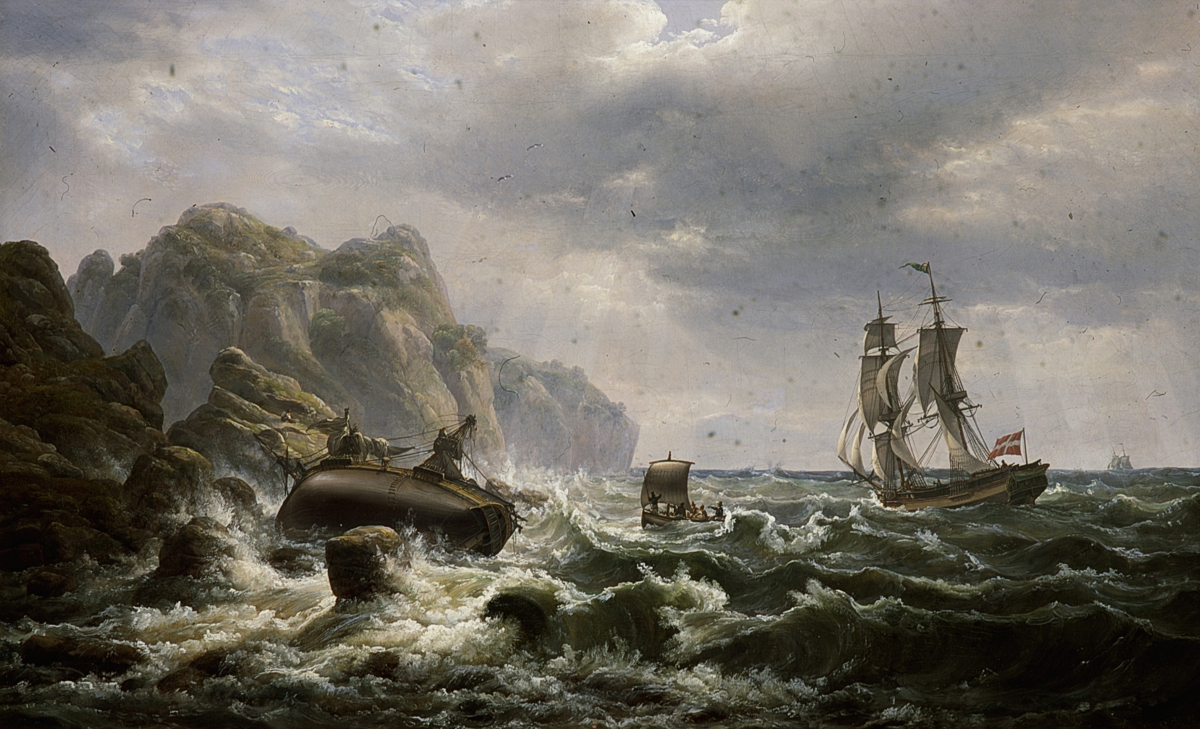
Johan C. Claussen Dahl, Shipwreck, Lillehammer Art Museum.
1963
Opening of the combined cinema-museum building designed by Erling Viksjø for the Bys Malerisammlung. Today it is the older part of the museum. The number of visitors increases annually from 800 to 12 000.
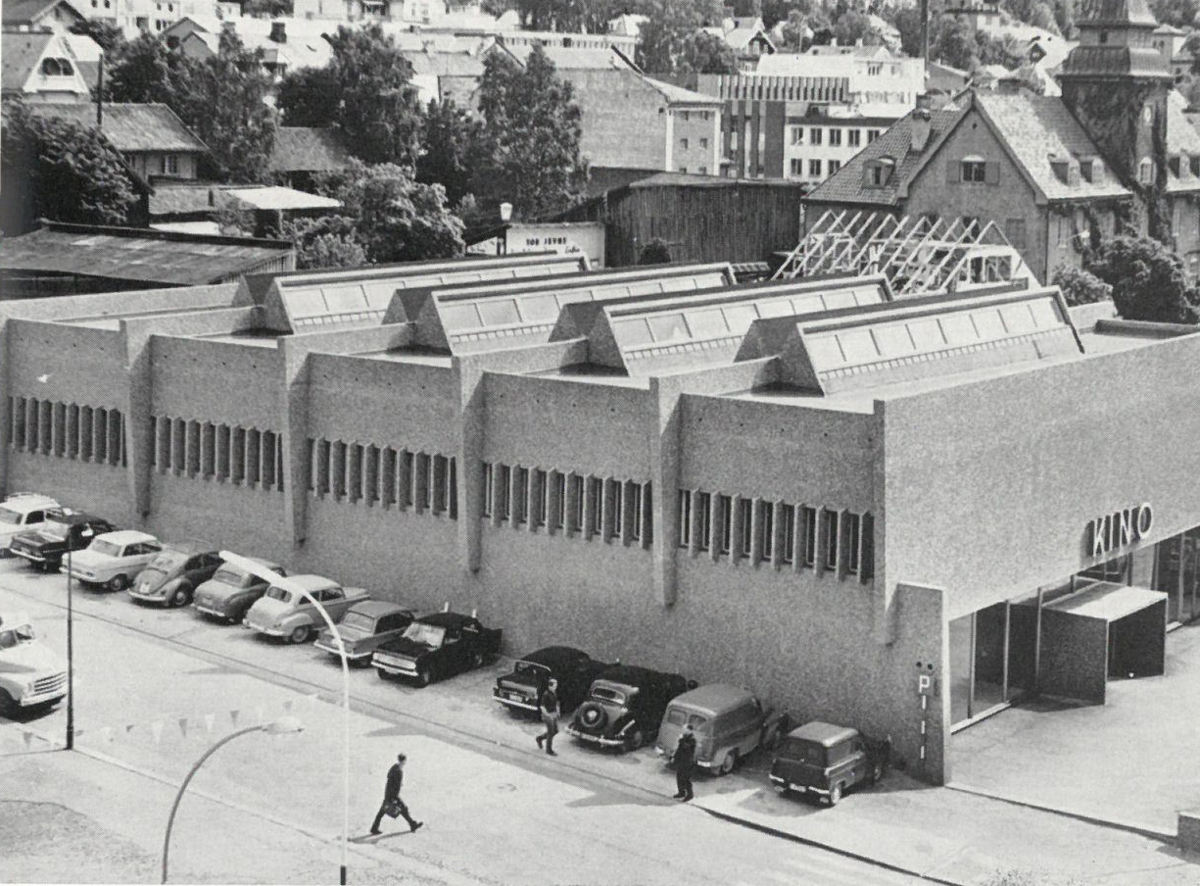
The combined building for Lilleammer cinema and art collection
1994
The extension designed by Snøhetta, with its distinctively sinuous wooden façade, is the new front of the museum. The building is called “The Grand piano” and it is the first museum building designed by the architectural firm, which is today internationally renowned. Between the old and the new parts of the museum Bård Breivik arranges an “art garden”.
During the Olympic Winter Games in Lillehammer the building serves as a Norwegian cultural arena. In the same year the Bys Malerisamling becomes a foundation and is named Lillehammer Art Museum.
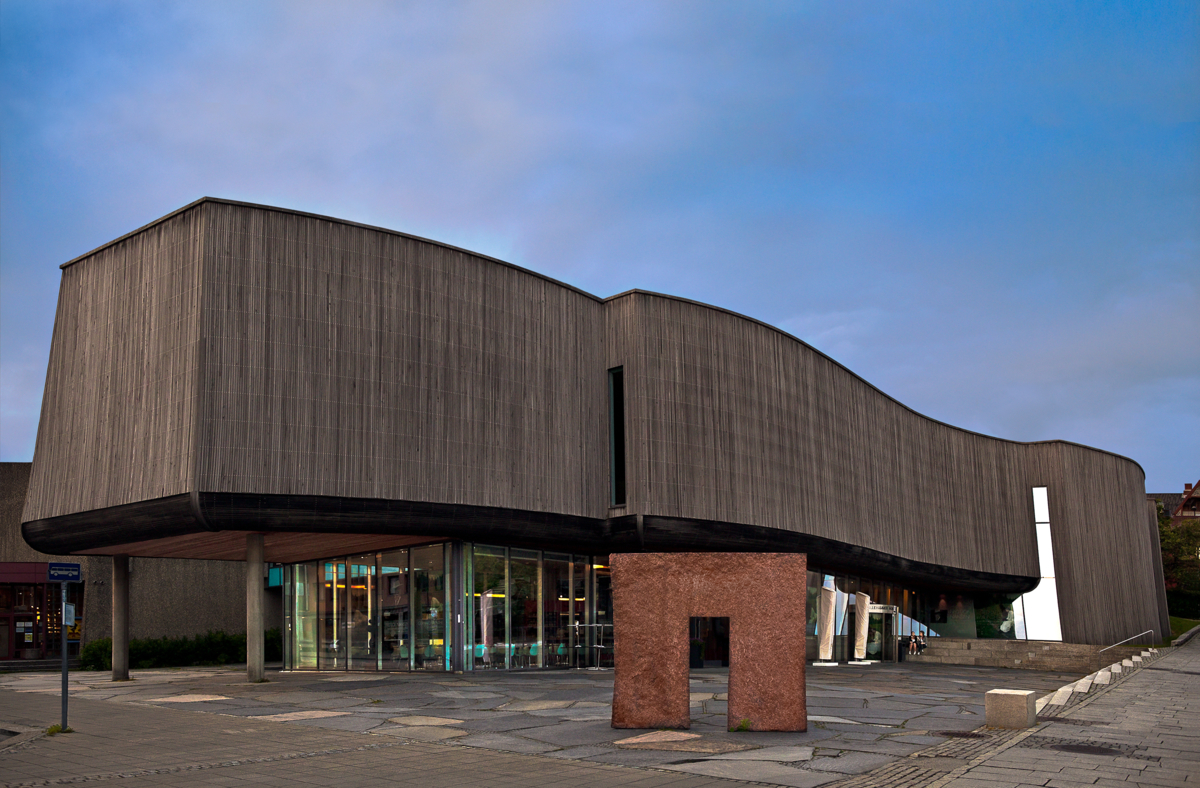
The outside of Lillehammer Art Museum. Photo: Jim Bengston.
2003/2004
After the death of Jakob Weidemann, who had been living at Ringsveen, a farm near Lillehammer, his wife Anna donates 27 works by her husband to the museum in 2004. In 2003, 35 works had been given to the museum by a group of donors.
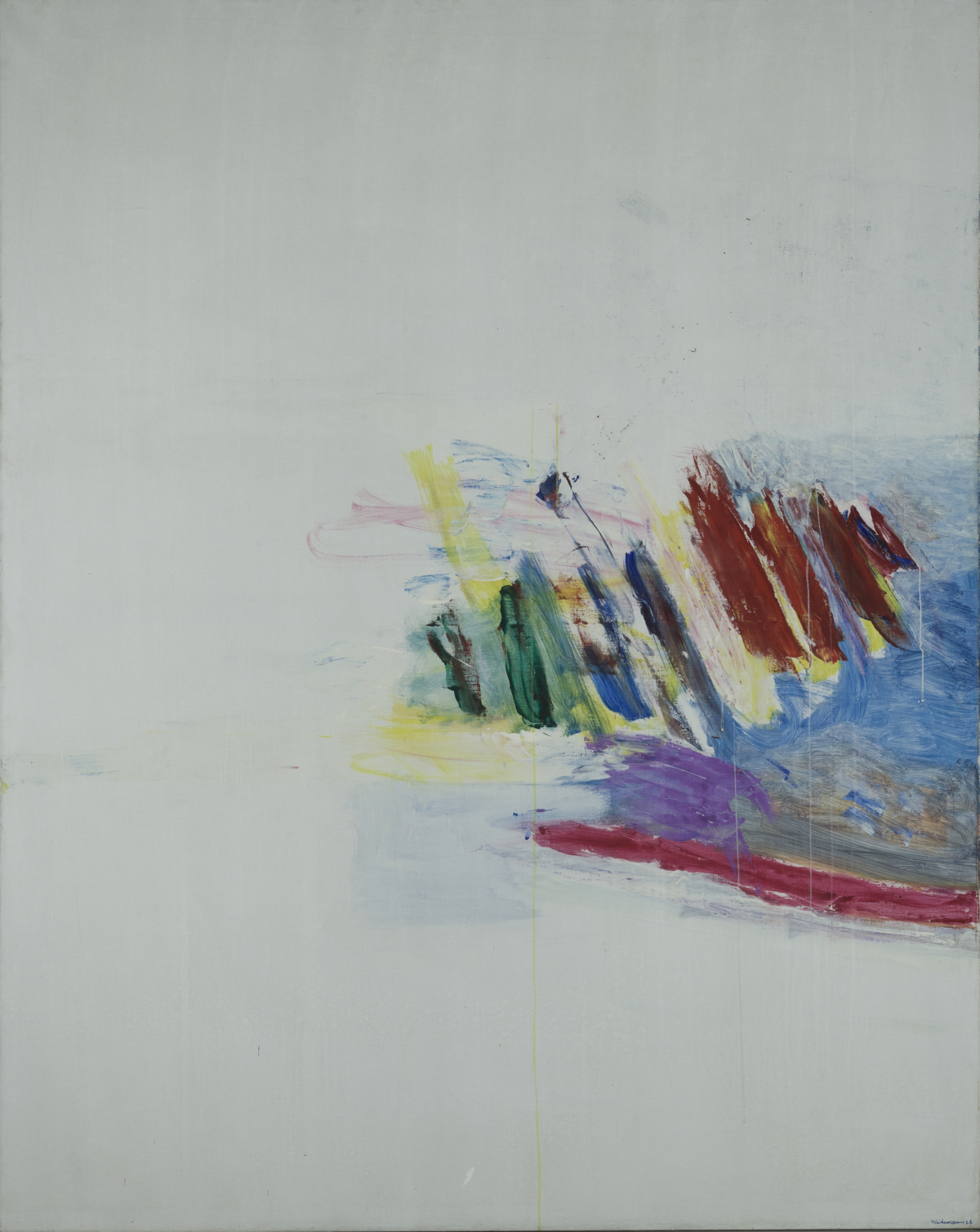
Jakob Weidemann, Sunset by the sea, Lillehammer Art Museum.
2008
Gallerist Jon Dobloug from Oslo donates 159 works, mainly by younger artists, to the museum. Lillehammer Art Museum is named Museum of the Year by the Norwegian Museum Association.
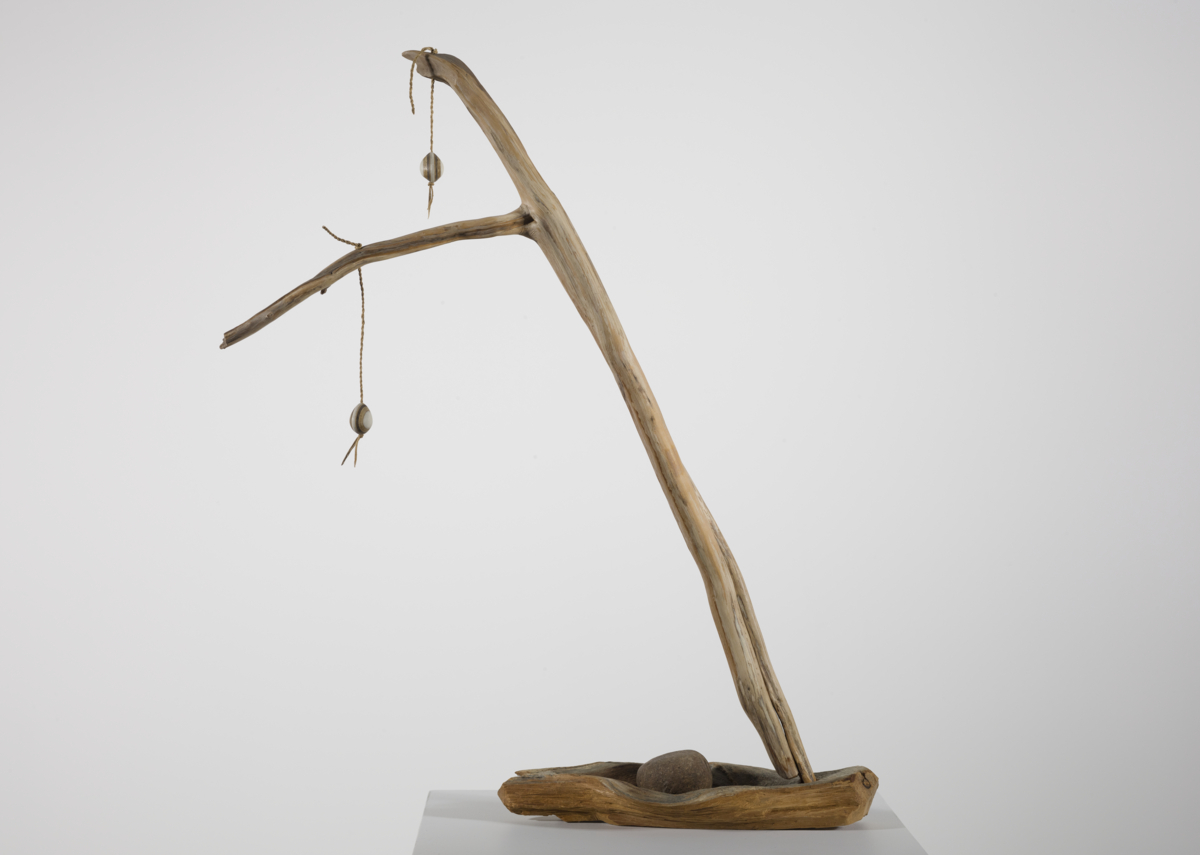
Iver Jåks, The Drops, Lillehammer Art Museum.
2016
Opening of the extension, also designed by Snøhetta, which is to house an educational workshop. With Bård Breivik’s monumental steel relief «Comet», the back of the museum is upgraded with a spectacular eye-catcher.
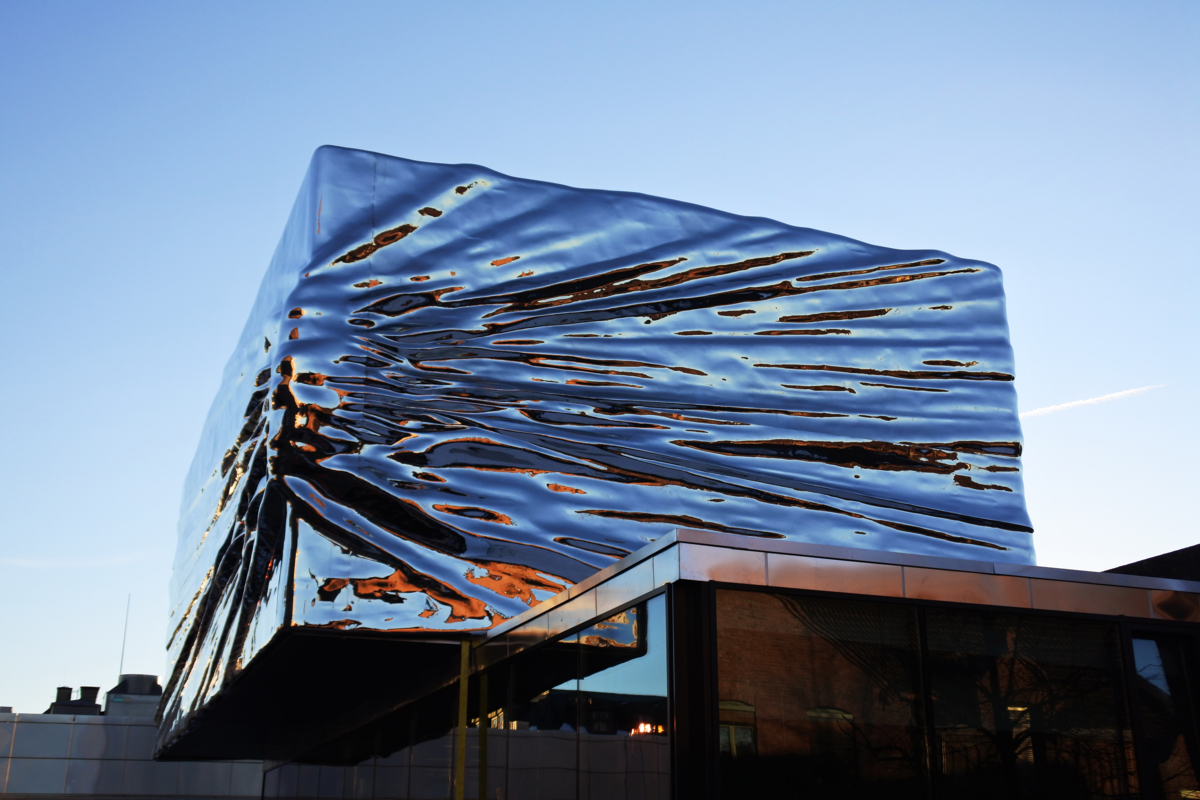
The Comet by Bård Breivik. Photo: Hilde Fauskerud / Lillehammer Art Museum.
2018
Consolidation of the Lillehammer Art Museum and the Foundation Lillehammer Museum, which consists of the open-air museum Maihaugen, the homes of the Nobel literature laureates Bjørnstjerne Bjørnson (Aulestad) and Sigrid Undset (Bjerkebæk), the Norwegian Postal Museum, the Norwegian Olympic Museum and the Norwegian Crafts Institute.
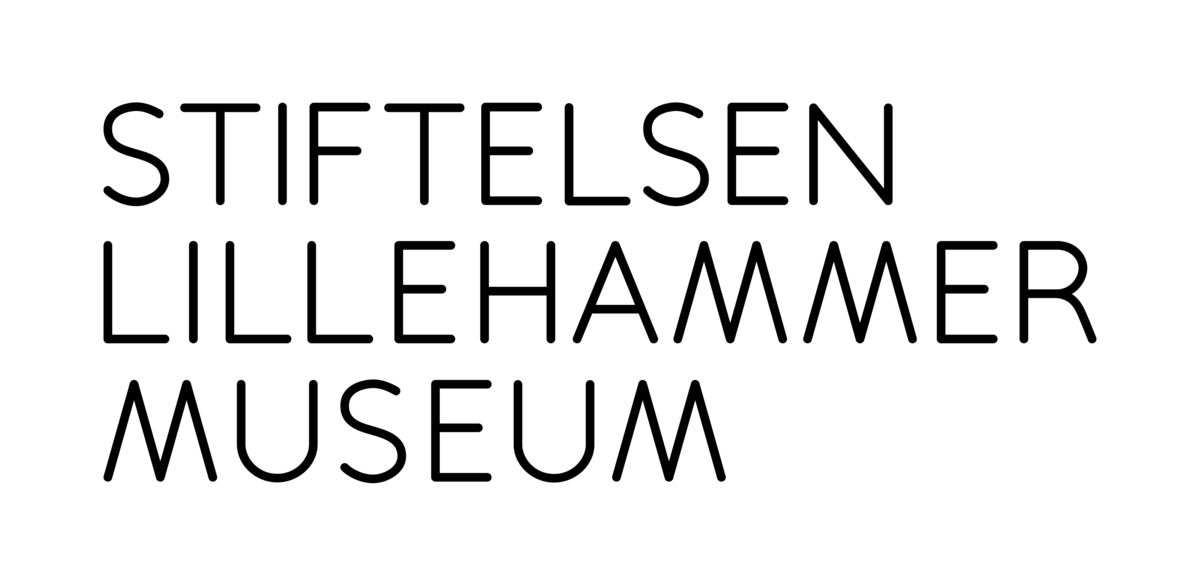
Logo Stiftelsen Lillehammer Museum
2020
Lillehammer Art Museum is the only art museum in Innlandet, a county with an area 20% larger than Denmark.
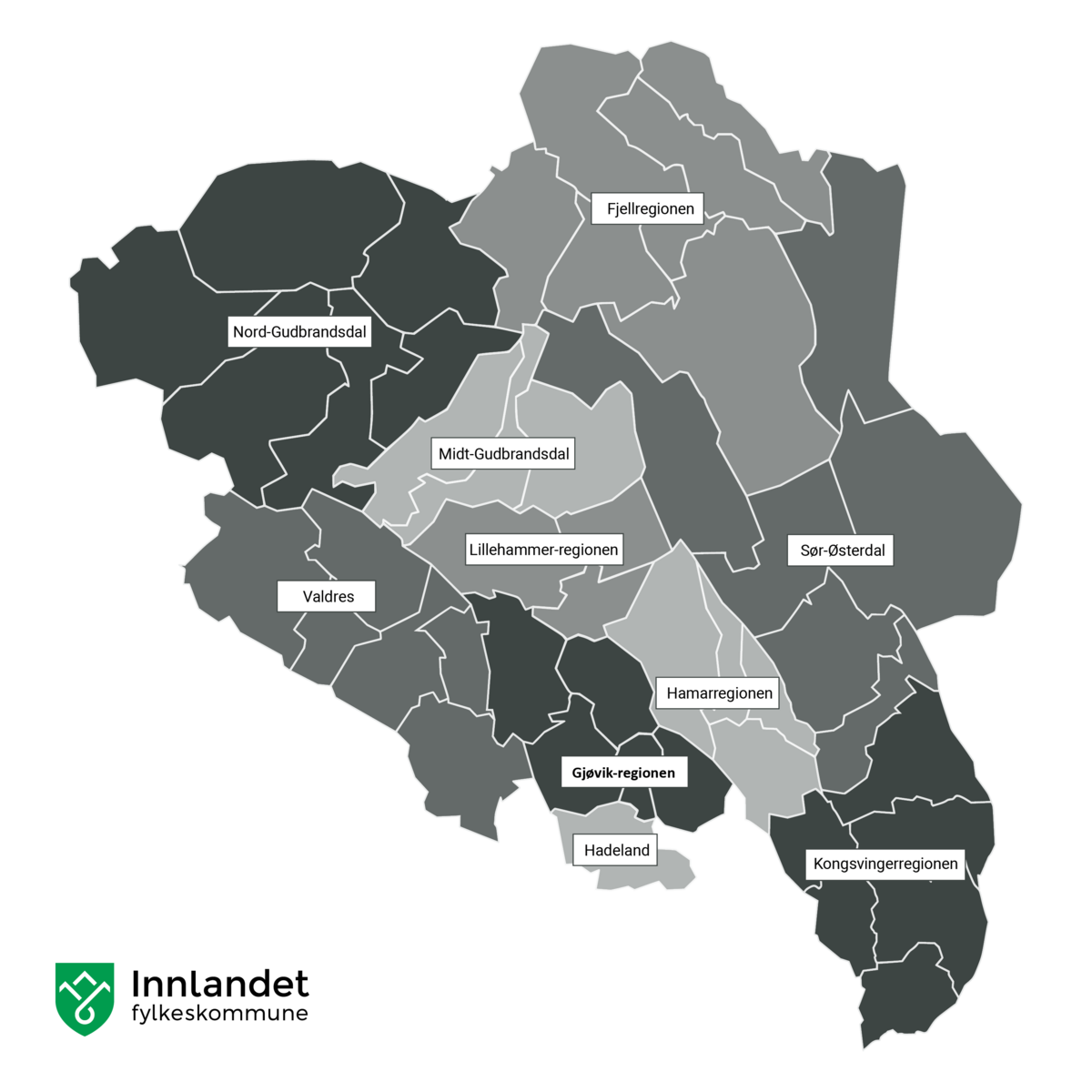
Map over the Inland area.
2027
Lillehammer’s 200th anniversary and the museum’s 100th. The foundation has an ambitious vision for the anniversary: an extension underneath the area in front of the museum, in order to enhance the experience
of its visitors.
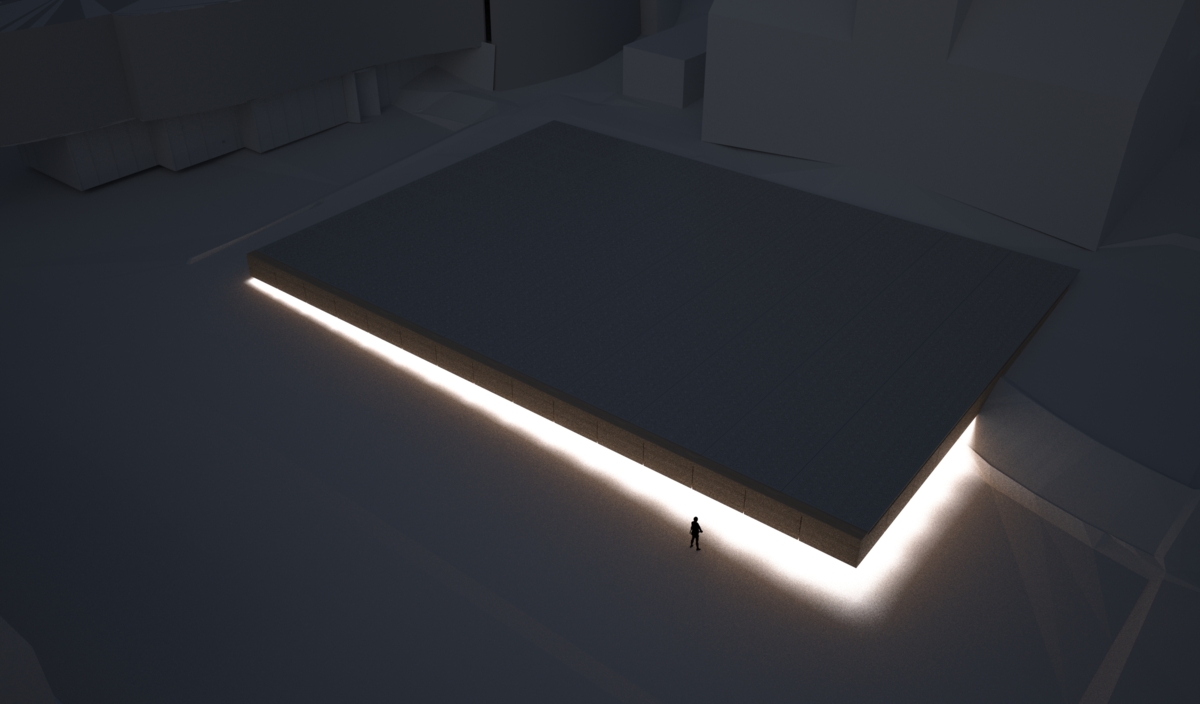
Illustration of how the Art Hall at Lillehammer could look like.
